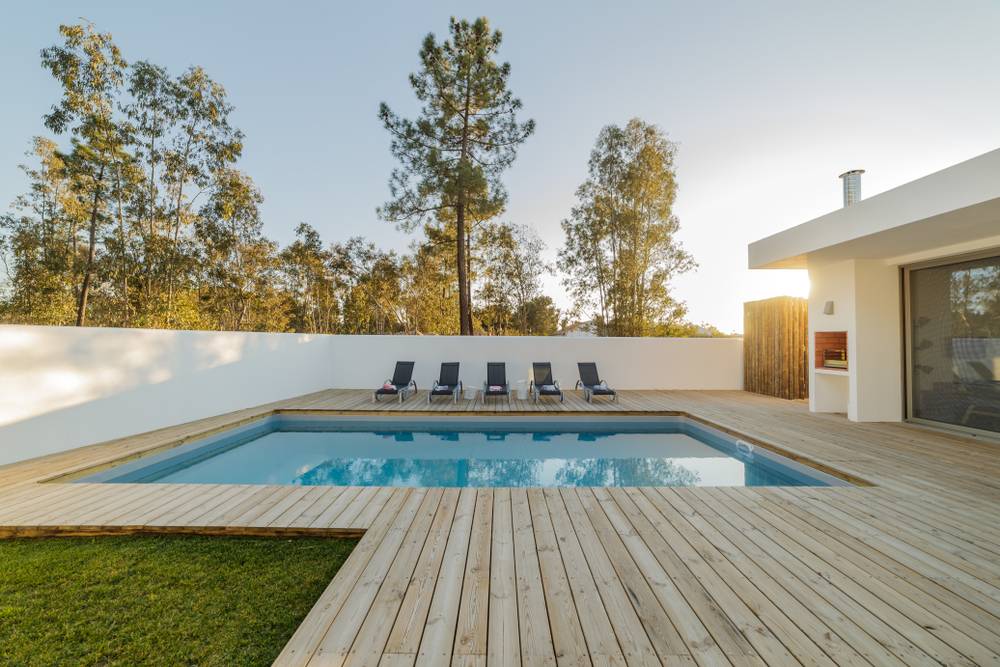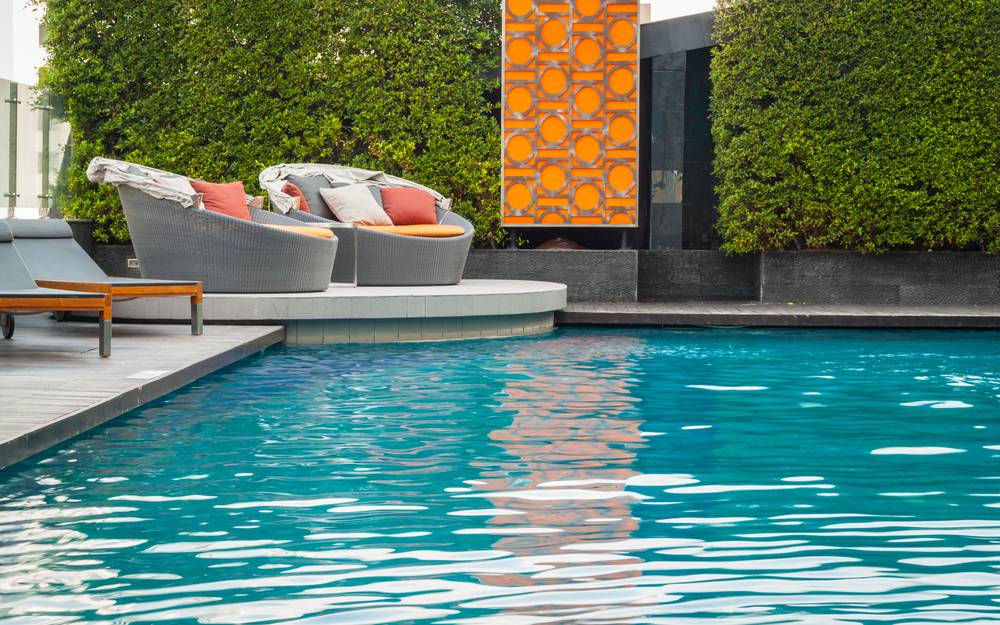Hello TFP! I recently joined and have read a lot of articles, pool school, and forum postings. I have a gunite pool with roughly 15000 gals and attached spa in Tampa FL. I just bought this home and am new to pools, so I have a pool guy for now. He uses liquid chlorine and puts a few pucks in the floating container once a week (plus cleaning filters and such). The pool looks great. I asked him what he uses to test the water.
He uses test strips. I know you guys really suggest the other (more accurate) method involving drops and such. Honestly, that overwhelms me. It seems needlessly complicated when starting out, and if the pool looks (and feels) great using strips, is it *really* wrong to use strips?
I want to try and save money by taking this over myself. I'm starting to look into chlorine costs (and how much I put into a 15K gal pool each week). But I also don't want to feel like this is being made more difficult than it truly needs to be. I know enough so far to know that I want to keep my CYA levels down via liquid chlorine (which I think you call FC). I know that there are lots of extra products out there that I don't really need.
Below are the past 2 weeks pool results from the pool guy, thank you!
27 August:
03 September:
He uses test strips. I know you guys really suggest the other (more accurate) method involving drops and such. Honestly, that overwhelms me. It seems needlessly complicated when starting out, and if the pool looks (and feels) great using strips, is it *really* wrong to use strips?
I want to try and save money by taking this over myself. I'm starting to look into chlorine costs (and how much I put into a 15K gal pool each week). But I also don't want to feel like this is being made more difficult than it truly needs to be. I know enough so far to know that I want to keep my CYA levels down via liquid chlorine (which I think you call FC). I know that there are lots of extra products out there that I don't really need.
Below are the past 2 weeks pool results from the pool guy, thank you!
27 August:
| Primary Readings | |
| Free Chlorine | 2.9 |
| Total Chlorine | 2.4 |
| pH | 7.2 |
| Total Alkalinity | 120 |
| Cyanuric Acid | 60 |
| Calcium Hardness | 300 |
| Phosphates | 0 |
| Temperature | 85 |
| Cleaned Filter | Yes |
| Service Checklist | |
| Vacuum Pool | Yes |
| Brushed Pool | Yes |
| Emptied Pump Baskets | Yes |
| Emptied Skimmer Baskets | Yes |
| Emptied Cleaner Bag | Yes |
| Skim/Net Surface | Yes |
| Status & Comments | |
| Safe to Swim | 4hrs |
| Water Level | Good |
03 September:
| Primary Readings | |
| Free Chlorine | 3.2 |
| Total Chlorine | 2.7 |
| pH | 7.2 |
| Total Alkalinity | 110 |
| Cyanuric Acid | 50 |
| Calcium Hardness | 260 |
| Phosphates | 0 |
| Temperature | 85 |
| Service Checklist | |
| Vacuum Pool | Yes |
| Brushed Pool | Yes |
| Emptied Pump Baskets | Yes |
| Emptied Skimmer Baskets | Yes |
| Emptied Cleaner Bag | Yes |
| Skim/Net Surface | Yes |
| Status & Comments | |
| Safe to Swim | 4hrs |
| Water Level | Good |





